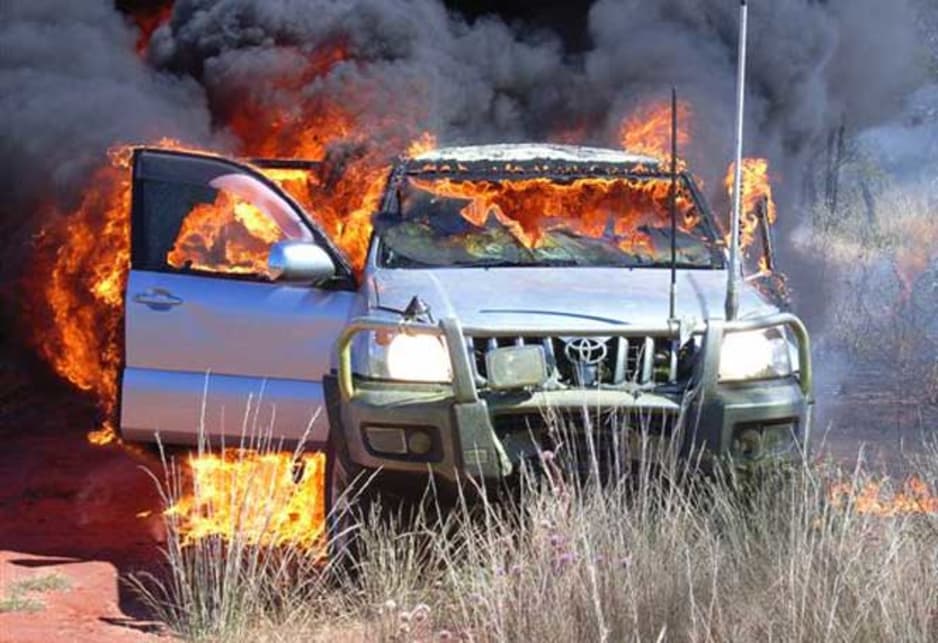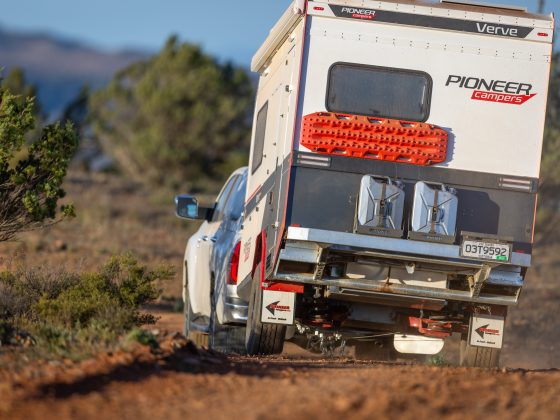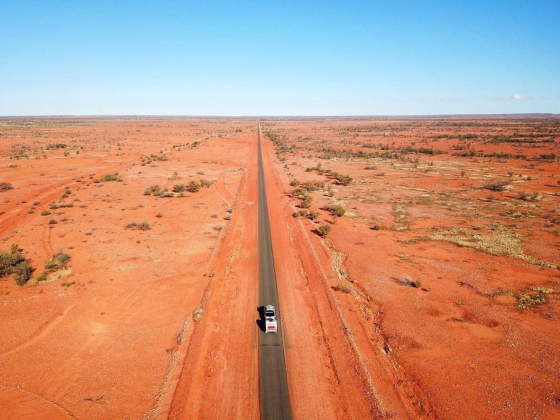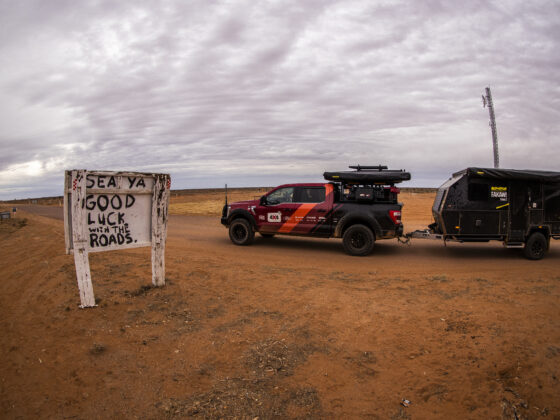Tall grass and hot exhaust systems. It’s a recipe for disaster. Or at least a bush fire centred entirely around your pride and joy. It’s something that is becoming more and more common these days. Emissions systems superheating the exhaust to burn off nasty particulates, but the sideaffect is more heat, close to things that burn. A DPF fire would be far from ideal.
Who is affected?
Just about everyone, except if you drive a Unimog maybe. Exhaust is very hot by nature, and it runs underneath the body of your vehicle. Grass can catch fire, and there’s a chance it can come into contact with hot exhaust parts.
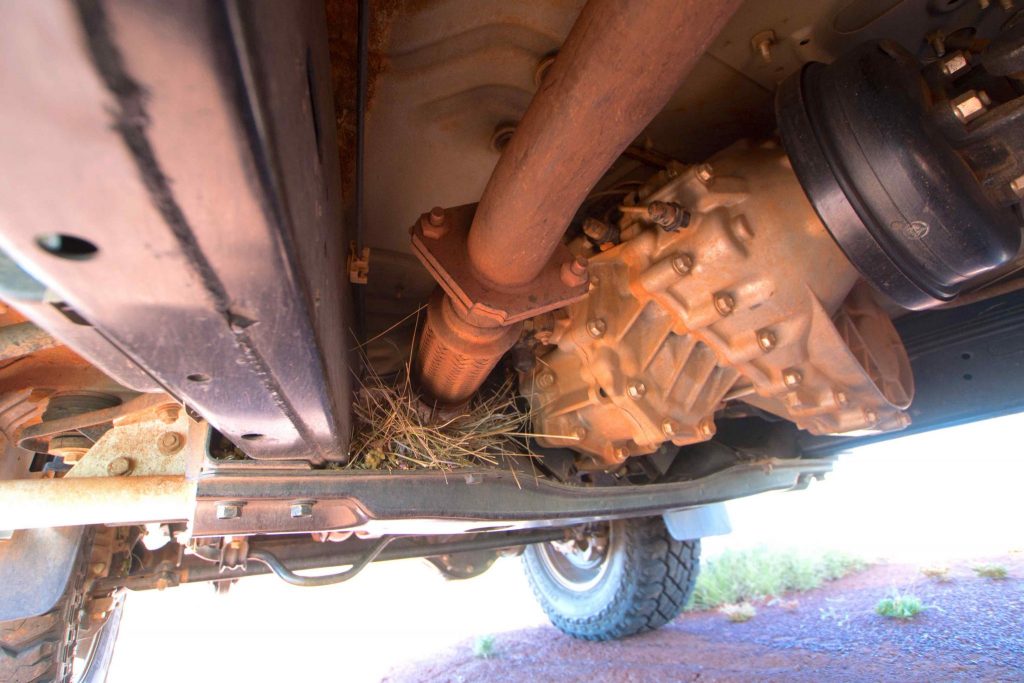
If the grass is tall enough, it might start breaking off and collecting in some of the many nooks and crannies of the underbody. Crossmembers and brackets might be designed and fitted in a way that they inadvertently catch lots of grass. And have hot things in close proximity.
Desert travel
If you’re travelling out into the far reaches of Australia, then you need to be really switched on when it comes to catching grass underneath your vehicle. It’s probably not as much a problem through more popular areas like the QAA and French lines. But other less-frequented deserts can really up the risks of fire.
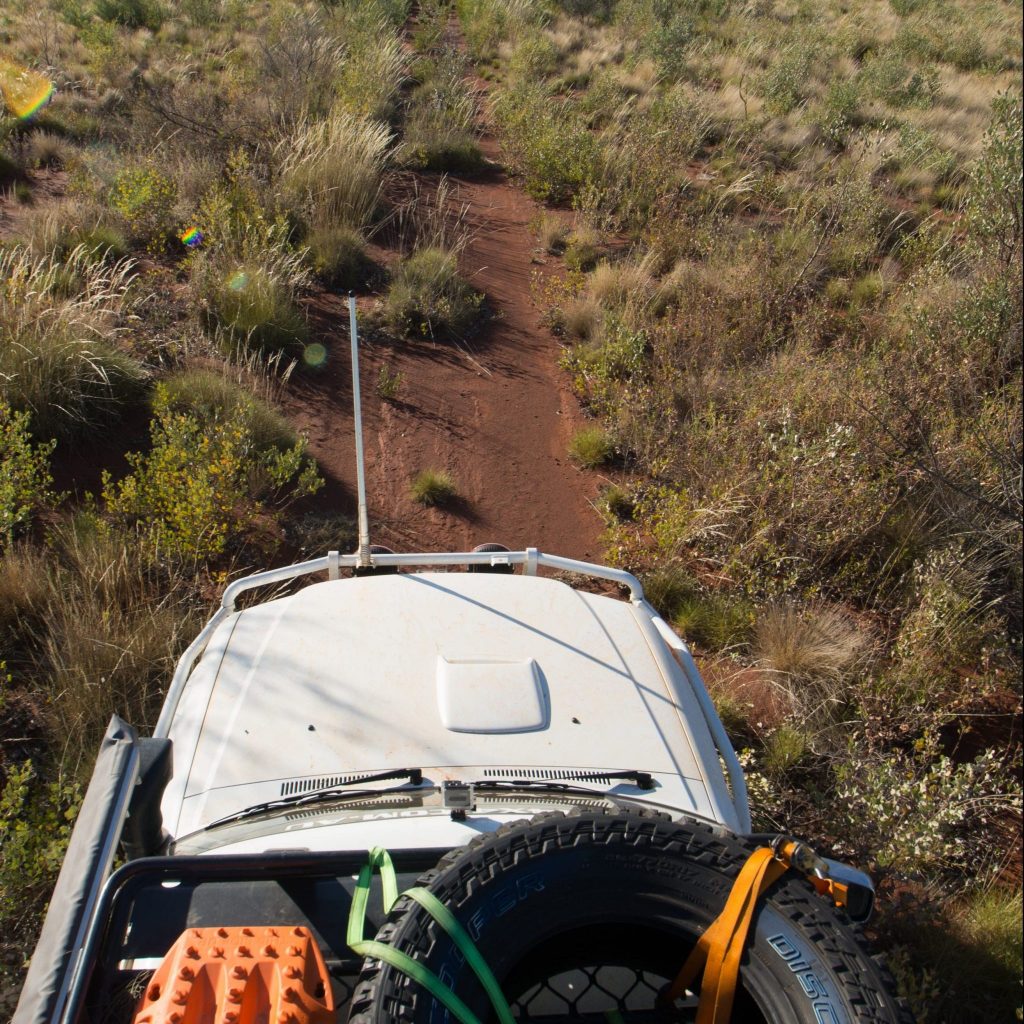
Spinifex is one of your main culprits. This tough desert grass is full of an oily resin, which burns very, very hot. And once it starts, good luck trying to extinguish it. You’ll see it start to grow tall when it’s going to seed, and can continue to grow in between wheel tracks of ungraded tracks.
It’s not just the grasses that collect around exhausts and cross members that you need to worry about. Tall grasses and seeds can also get into your radiator, air conditioning, and intercooler fins and seriously reduce their efficiency. The result is a harder-working and hotter engine.
The DPF problem
The risk of fire from grass is a potential problem on just about any vehicle out there. But some are more predisposed than others. How crossmembers and the underbody are designed is a big factor in how grass can be caught, but no doubt a major addition to risk is a diesel particulate filter (DPF).

A DPF is a kind of catalyst that filters the soot out of your exhaust and catches it in the honeycomb structure of the filter. As the engine is running, the DPF will slowly block up with more and more soot.
Once the engine ECU notices the exhaust blocks up to a point, it goes into a regeneration phase. Exhaust gas temperatures are increased by altering the fuel injection timing, and even injecting some extra fuel into the exhaust gasses to really increase the temperature throughout the entire exhaust system.
These very high temperatures (over 600 degrees) are needed to burn off the collected soot in the filter, making room for more. Most (almost all) 4WDs have automatic regeneration cycles as the vehicle computer determines. So it might think it’s a great time to do a regen while you’re cruising over some tall grass.
How to fix the problem?
In serious conditions, you’d be wanting to do hourly checks under your vehicle to see how much grass is building up in problem areas. You can keep an eye on it. And get a good idea of where and how often you should be checking things out. Keep a long tent peg and some sturdy gloves handy, and use these to fish out the collected debris.
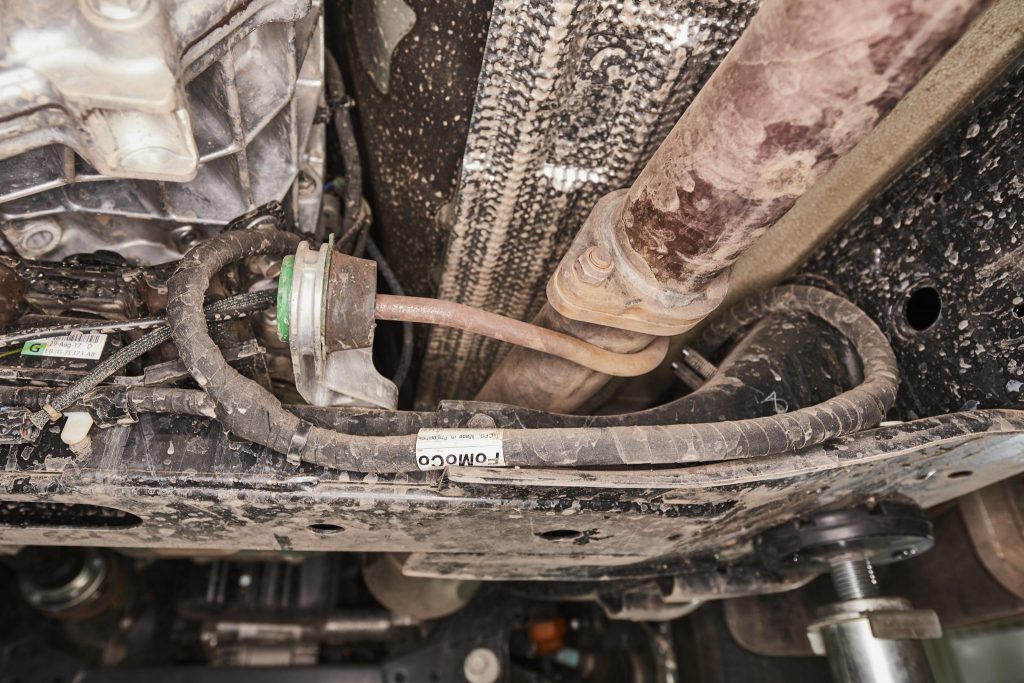
One great tip here is cutting up a piece of shade cloth or something similar and fixing it to your grille or bullbar. It’ll let air still flow through to the radiator, but stop the seeds from getting into the fins. It’s also worth checking the gaps between your different cores, because these can often fill with crud as well. I’ve found a long zip tie can help dislodge some of this stuff on my own 4X4.
Should you buy a Unimog?
Beyond that, a true ‘solution’ to the problem might be impossible, beyond buying a Unimog. You could go out and buy an older 4WD without a DPF, or one that has exhaust routed in a way that helps keep it clear of collected grass. Your other option is to fashion some kind of plates or skids under your vehicle, which will push the grass away rather than collect it up. But undoubtedly, the best thing you can do is be aware of the problem, and keep an eye on it, no matter what vehicle.
And of course, when you’re travelling remotely, you need to subscribe fully to the idea of self-sufficiency. That means carrying a fire extinguisher, and having it somewhere easy and fast to access if the faeces hit the fan. And, know how to use it.

What are your tips for reducing the risk of grass fires on your 4X4? Let us know in the comments below.



